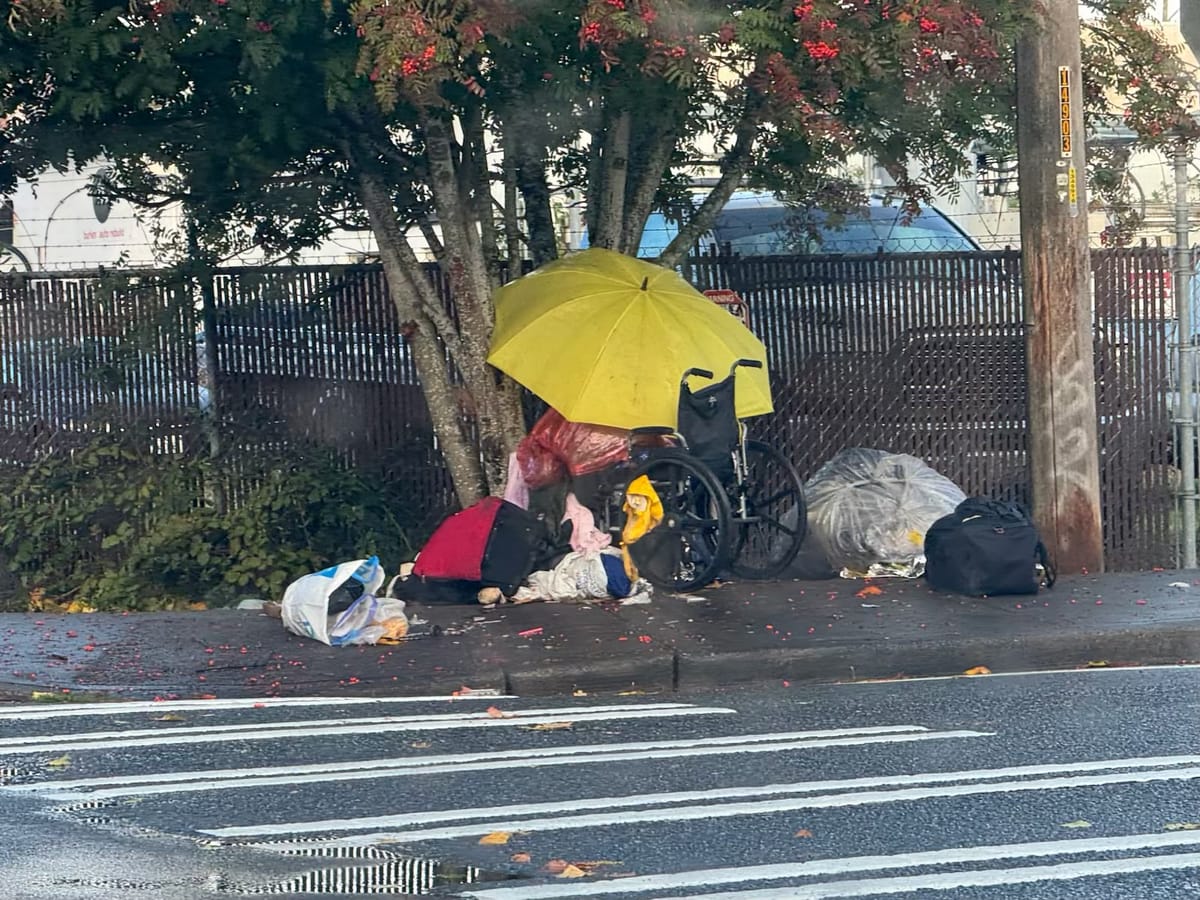
Editorial published with permission by John L. White, long-time Burien Resident
The philosophy behind what we now call ‘Housing First’ didn’t begin as a government policy or social theory. It began as a desperate and practical experiment in the late twentieth century, rooted in what were once known as “wet houses.”
In cities across the United States, social workers and public health officials were confronting a stubborn and heartbreaking reality. Many people suffering from chronic alcoholism were living and dying on the streets—not because there were no shelters available, but because most shelters required sobriety as a condition of entry. For someone physically dependent on alcohol, that was an impossible demand. The result was predictable: these individuals remained outside, cycling through jails, emergency rooms, and detox centers, costing taxpayers far more than stable housing ever would.
The “wet house” concept was radical in its simplicity. It asked: “What if we gave people a safe place to live, even if they continued to drink?”
Instead of punishing addiction, it focused on reducing harm—offering stability, warmth, and dignity first. Residents were allowed to consume alcohol on-site, but they also received access to basic care, case management, and human contact. To the surprise of many critics, the experiment worked.
Those early programs showed measurable results. People living in wet houses drank less over time, had fewer hospital visits, and began to reconnect with social services. Many even found ways to contribute—holding part-time jobs, maintaining their rooms, and participating in community life. The underlying logic was straightforward: when a person’s most basic survival needs are met, they can begin to address everything else.
Out of this experience grew the larger Housing First model—a nationwide policy built on the belief that housing is the foundation for recovery, not the reward for it. For decades, that principle made sense. It was humane, cost-effective, and often successful, particularly when the challenge was alcoholism, where individuals could still function within some boundaries of normal life.
But the landscape has changed. The addictions of today bear little resemblance to those that shaped the “wet house” era. Fentanyl is not alcohol. It does not allow for partial functionality or gradual stability. It doesn’t coexist with work, social engagement, or personal responsibility. It consumes everything.
The problem isn’t that Housing First was ever a bad idea—it’s that it was built for a different time, a different addiction, and a different kind of person in crisis. The “wet house” model worked because it met people where they were and gave them a chance to rebuild. The modern version, applied uncritically to fentanyl and methamphetamine addiction, too often creates something very different: housing without recovery, shelter without progress, and stability without hope.
⸻
The Federal Expansion and Bureaucratic Drift
Originally, HUD rolled out Housing First in 2008 to treat a small and distinct segment of the homeless population—the severely addicted, mentally ill, chronically homeless—roughly 15% to 25% of the total homeless population. Under this policy, HUD directed all agencies and nonprofit organizations that received federal funding to provide this group with permanently subsidized housing units.
As author Michele Steeb notes in Answers Behind the Red Door, this low-barrier approach prohibited any requirement of sobriety or personal accountability. The logic was that “street homeless” individuals might be willing to leave the streets if taxpayers provided them with a housing unit where they could continue their “street” behaviors.
Between 2011 and 2013, however, HUD expanded this policy to encompass all segments of the homeless population—not just the chronically homeless—without any reliable evidence to justify doing so. The federal government funneled vast sums of taxpayer money into the program, resulting in a 200% increase in spending since the “one-size-fits-all” rollout.
To manage this new system, HUD created a deeply entrenched bureaucracy called the Continuum of Care (CoC) boards, designed to oversee and distribute funds. But instead of fostering efficiency and accountability, this added another layer of red tape—obscuring results, diluting resources, and disconnecting programs from measurable outcomes.
Most consequentially, HUD’s modern Housing First framework effectively divorced housing from human services. Mental health care, addiction treatment, and job training—once viewed as essential to rehabilitation—were stripped away. Incredibly, HUD will not even fund these services if a recipient requests them.
Stay tuned for the next installment- Burien’s DESC: The Warehouse Model of Today
⸻
To Read the First Installments:
Chapter 1: The Lie
Chapter 2: The Stagnant Holding Cell
Chapter 3: Dealing with Drug Dealers
Chapter 4: Hugo Garcia, Dow’s Bought Agent Chapter 5: Follow the Money
Chapter 6: Cycle of Failure